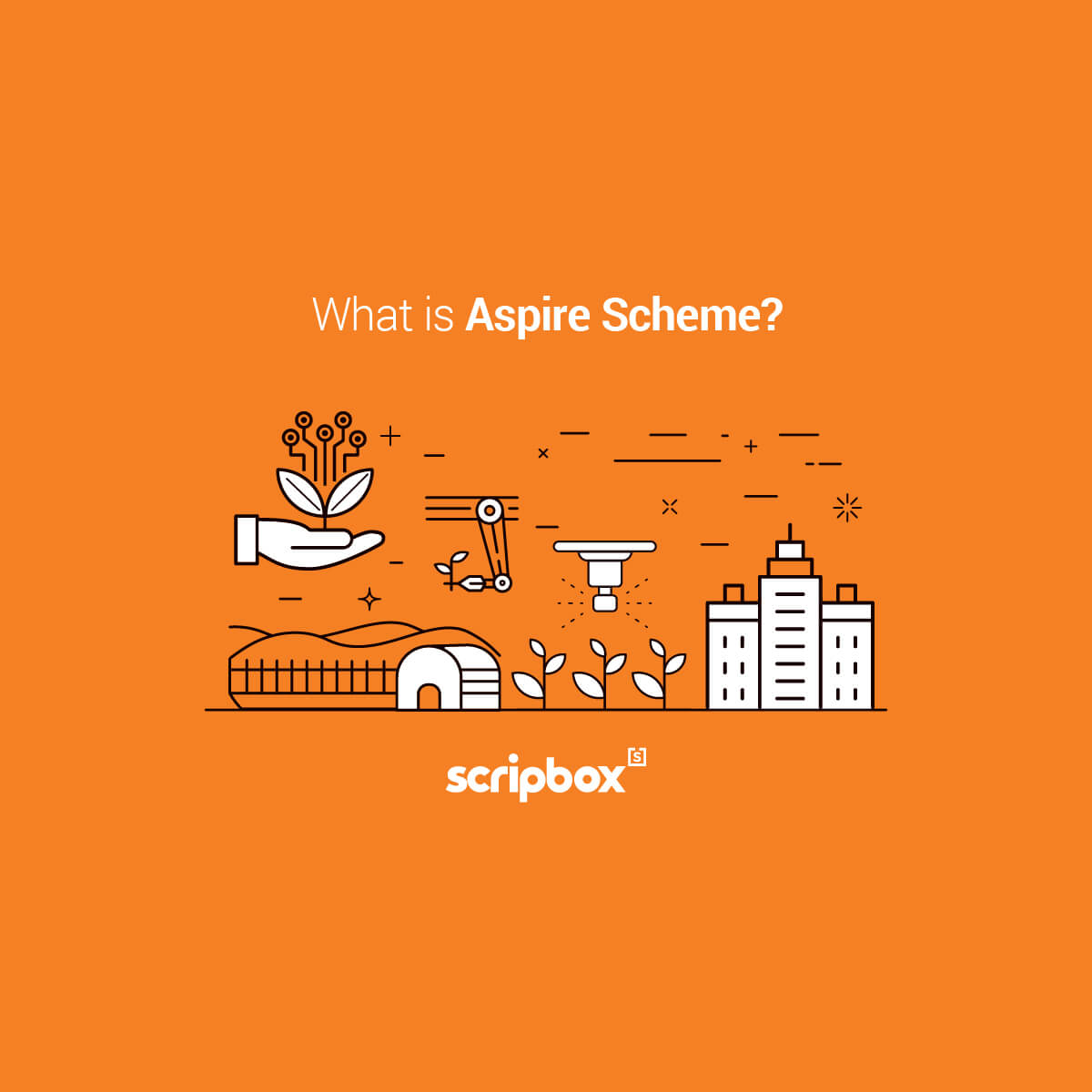What is Atal Innovation Mission?
NITI Aayog’s Atal Innovation Mission (AIM) was established in 2016 as the Government of India’s flagship program to encourage a culture of innovation and entrepreneurship across the country. To this aim, AIM has taken a comprehensive strategy. This strategy ensures the development of a problem-solving, inventive mindset in schools and the building of an entrepreneurial environment in universities, research institutions, the commercial sector, and the MSME sector. All of AIM’s efforts are now systematically monitored and controlled using real-time MIS systems and dynamic dashboards. Third-party agencies are currently reviewing AIM’s programs in order to ensure ongoing development.
Objectives of Atal Innovation Mission
- The focus is on innovation. Thus policies and plans for numerous industries will be built around that concept.
- Provides a forum for multiple parties to collaborate and provides collaboration opportunities.
- To serve as an umbrella organization that encompasses and oversees the country’s whole innovation ecosystem.
Initiatives of AIM
Atal Tinkering Labs – at school level
AIM has been running the Atal Tinkering Lab (ATL) program for the past few years. ATL is a cutting-edge space set up in a school with the goal of fostering curiosity and innovation. ATL involves young minds from grades 6 to 12 across the country. It includes 21st-century tools and technologies like the Internet of Things, 3D printing, rapid prototyping tools, robotics, miniaturized electronics, do-it-yourself kits, and more. The goal is to instill in the youngsters of the ATL and surrounding regions a problem-solving, innovative mindset. AIM has chosen 10,000 schools in 680+ districts around the country for the creation of ATLs. Until now, more than 7000 schools have received funding, with over 2 million children having access to ATLs.
Atal Incubation Centres – “An ecosystem of Startups and Entrepreneurs”
AIM has been constructing world-class incubators called Atal Incubation Centres (AICs). The AICa at universities to foster an ever-evolving ecosystem of start-ups and entrepreneurs. Institutions and corporations, for example. These centers are dedicated to fostering and supporting world-class innovation and dynamic entrepreneurs who seek to create scalable and long-term businesses.
AIM has successfully operationalized 68+ Atal Incubation Centres in collaboration with universities, institutions, and business entities. Each AIC aims to encourage the creation and nurture of 50+ world-class startups every four years. The AIC provides technical facilities, resource-based support, mentorships, finance support, partnerships and networking, co-working spaces, and lab facilities, among other things, to the incubated entrepreneurs. These AICs have helped 1800+ operational businesses, 500+ of which are led by women, and have produced 15,000+ jobs in the ecosystem.
Atal Community Innovation Centres – serving Unserved and Under-Served regions of India
To bring the benefits of technology-led innovation to India’s unserved or underserved regions, such as Tier 2 and Tier 3 cities, aspirational districts, tribal, hilly, and coastal areas. AIM is establishing Atal Community Innovation Centres (ACICs) under a unique partnership-driven model in which AIM will provide up to Rs 2.5 crores to an ACIC in exchange for a partner providing equal or greater matching funding. Within 650 applications have been submitted from throughout the country, with 50 ACICs set to open over the next two years. Currently, 24 ACIC applications are undergoing due diligence and will be operational by March 2021 if approved.
Atal New India Challenges – Product and Service Innovations with National Impact
AIM has organized over 24 Atal New India Challenges in collaboration with five different ministries and agencies of the central government. The AIM will generate product and service innovations with national socioeconomic effect. Out of the 950+ applications received, 52 applicants were shortlisted for grant in aid support and handholding by AIM Incubators / Mentors. To date, 13 innovations have received grant-in-aid funding, while others are undertaking due diligence.
ARISE ANIC challenges – to stimulate startup/ MSME industry innovation
To improve research capabilities in the startup and MSME ecosystem. AIM has launched 15 ARISE-ANIC challenges in collaboration with partner Ministries. Such ministries are the Ministry of Housing and Urban Affairs, Ministry of Health and Family Welfare, Indian Space Research Organisation, Ministry of Defence, and Ministry of Food Processing Industries. Deserving concepts will be transformed into practical creative prototypes, which will then be followed by product development and commercialization. 160 candidates have been chosen for further consideration and are now being assessed.
Mentor of Change (Mentorship and Partnerships – with Public, Private sector, NGOs, Academia, Institutions)
To help all of the activities thrive, AIM has developed “Mentor India – The Mentors of Change,” one of the largest mentor engagement and management programs in the world. On the AIM INNONET site, AIM has over 10,000 registrations, with 4000 of them assigned to ATLs and AICs.
Challenges of Atal Innovation Mission
India is the world’s largest democracy. With over a billion people, 33 states, eight union territories, and various languages, each with its own set of difficulties and problems to address, both in terms of economic growth and societal demands. It is critical to educate future innovators on the scope and significance of these issues.
As a result, there is a pressing need to incentivize relevant problem solving and innovations at local, regional, and national levels across the country – in schools, universities, industry, and even at the global level.
The Atal Tinkering Challenges at the school level. The Atal New India Challenges at the start-up and university levels, and the Atal Grand Challenges at the national level will incentivize. Such an incentive involves relevant problem solving, innovations, and entrepreneurships that can have ready markets for them while also allowing for the creation of new markets. 24 Atal New India is a fictional character created by Atal New India.
Drinking water and sanitation, urban housing and development, climate smart agriculture, rail safety and transportation, and other areas where product innovations can help the country as well as be economic successes, have all been introduced as challenges. Over 35000 students participated in the recent Atal Tinkering Marathon, resulting in 6000+ innovations in five competitions held across the country.
Achievements of Atal Innovation Mission
- More than 350 collaborations have been established to help the country’s innovation ecosystem grow.
- Nearly 5000 Atal Tinkering Labs have been established in 660 districts in India, providing access to over 2.5 million kids.
- More than 10,000 mentors have signed up, with at least half of them having direct experience with ATLs and startups.
- In conjunction with the AIM, the National Association of Software and Services Companies (NASSCOM) has produced an Artificial Intelligence-based teaching module for school-aged pupils.
- Mentor India, one of India’s largest mentoring networks, was founded by AIM.
What are Atal Tinkering Labs under Atal Innovation Mission?
AIM, NITI Aayog, NITI Aayog, Government of India’s flagship effort to foster a creative attitude among high school students across the country is the Atal Tinkering Lab. Students in an ATL are free to think and explore, to attempt and fail, and even to come up with something novel. Design thinking, critical thinking, computational thinking, digital manufacturing, collaboration, and other 21st-century skills are among the talents taught in the curriculum.
It will allow India to make a dent in the global maker movement (Dougherty, 2012) and establish itself as a worldwide hub for world-class innovation. ATL empowers students and teachers to think differently about challenges and produce unique solutions by enabling them to experiment, investigate, and follow a self-learning path. ATL is also assisting other members of the community, such as parents, mentors, and those interested in innovation, in bringing their ideas to reality. Grant-in-aid of up to Rs 20,00,000/- (Rupees Twenty Lakhs Only) is awarded to schools selected for setting up the ATL system under the ATL plan.
Vision of Atal Tinkering Labs
- To develop flexible workspaces where young minds can learn innovative skills, sculpt ideas via hands-on experiences, and work and learn.
- To provide our children with 21st-century talents such as creativity, innovation, critical thinking, design thinking, social and cross-cultural collaboration, ethical leadership, and so on.
- To assist in the development of innovative solutions to India’s specific problems, hence assisting India’s attempts to develop as a knowledge economy.
Atal Tinkering Labs Selection Process
Schools in India (with at least Grade/Class VI to X) that are recognized by the Ministry of Human Resource and Development (MHRD) and managed by the State/Union Territory/Central Government, Local body (Municipality/Nagar Nigam), Private Trusts/Societies, or Tribal/Social Welfare Department can apply for ATL Grant-in-Aid funding. Interested schools can apply for ATLs by visiting the AIM website and submitting an online application to the NITI Aayog’s Atal Innovation Mission. The ATL online application portal is a user-friendly platform. The platform allows schools to submit ATL applications online.
Stage 1: Using an online application site to invite applicants:
Schools have three to four months to submit online applications for ATL. The ATL online application portal is a user-friendly platform that allows schools to submit ATL applications online.
Stage 2: Application screening: 1-2 months –
The eligibility criteria would be used to process the applications that were received. A minimum enrolment of students, dedicated mathematics and science teachers, basic infrastructure including availability of computers and internet connectivity, steady electricity connection, science lab, library, and playground, and regular attendance of staff and students are among the eligibility criteria. These criteria will be used to evaluate and rank eligible applicant schools.
Stage 3: Final evaluation: 1–2 months –
The school’s commitment to using the ATL as a platform to develop their school into a local innovation hub is assessed using more subjective criteria. Following the final review, a set number of schools are revealed on the AIM website in the form of a list. The number of selected ATLs announced at any one moment is determined by financial allowance and competent authority approval. The compliance process, which is outlined in the next section, will be required of the schools in order for them to receive the grant-in-aid.
Similar Articles
Related Articles
- What is Atal Innovation Mission?
- Confused if your portfolio is performing right enough to meet your goals?
- How long have you been investing in mutual funds?
- What is your current portfolio size?
- What is your approximate annual household income?
- Your profile does not qualify for a call with a Financial Expert.
- Objectives of Atal Innovation Mission
- Initiatives of AIM
- Challenges of Atal Innovation Mission
- Achievements of Atal Innovation Mission
- What are Atal Tinkering Labs under Atal Innovation Mission?
- Vision of Atal Tinkering Labs
- Atal Tinkering Labs Selection Process




























Show comments